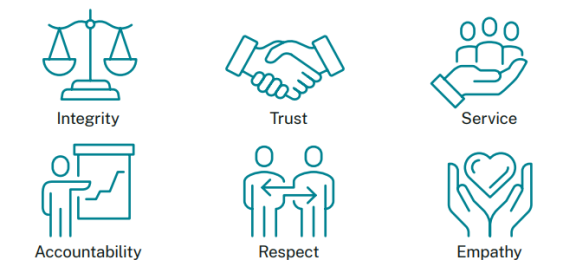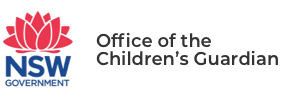October update from the Children's Guardian
On Tuesday 24 October we tabled in NSW Parliament the Office of the Children’s Guardian Annual Report 2022-23.

The report draws on all the work we do at the OCG and provides transparency about how this organisation works, our plans and achievements, our finances, and our interactions with stakeholders across NSW and Australia.
I highlight in my foreword the need for children to be supported by the joint endeavours of agencies across multiple spheres – child protection, community service, education, health, local government and more.
Download the annual report (PDF)
Vulnerable children can have multiple and complex needs which require a well-integrated multi-agency response.
The annual report outlines work with child-related sectors to create ‘communities of practice’ models for sharing knowledge and best practice in implementing the Child Safe Standards. A Child Safe Community of Practice for the Sport and Recreation sector has been operating since 2022, and a community of practice for the Religious Sector was established recently as outlined in a previous update.
Effectively engaging with First Nations stakeholders is helping us improve our Working with Children Check systems. This includes establishing a collaboration agreement with Maranguka, the operational arm of Bourke Tribal Council in western NSW. The agreement supports Aboriginal community members from Bourke at key stages of the Working with Children Check process.
We’ve also been working with providers of statutory out-of-home care to improve and streamline how we monitor their work and assess their accreditation. Importantly, this has involved listening to agencies’ perspectives on where we can do better to help them fulfill their primary function – the care of vulnerable children and young people.
This year’s annual report also includes a set of case studies that shed light on the work we do, as well as providing various data and other reporting measures relating to the exercise of our functions.
This report also refers to some important systems issues. One of these is the shortage of carers in NSW, and the related need to better support foster carers in their critical roles.
In this regard, we have supported the establishment of a joint carers reference group to bring together senior leaders in the out-of-home care sector and explore strategies for better supporting and increasing the number of carers, including examining issues impacting carer retention, and identifying and addressing barriers to attracting new carers.
We are also pursuing changes to the National Reference System – a centralised system operated by the Commonwealth – to give Working with Children Check schemes nationwide access to a broader range of information related to the risk applicants may pose to children.
Connected to this issue, we are also advocating for improvements to information sharing schemes across Australia, to better identify risks to children so that appropriate can be action taken.
I’m looking forward to the work we will achieve together in the coming years to support the rights and wellbeing of the children and young people of NSW.
